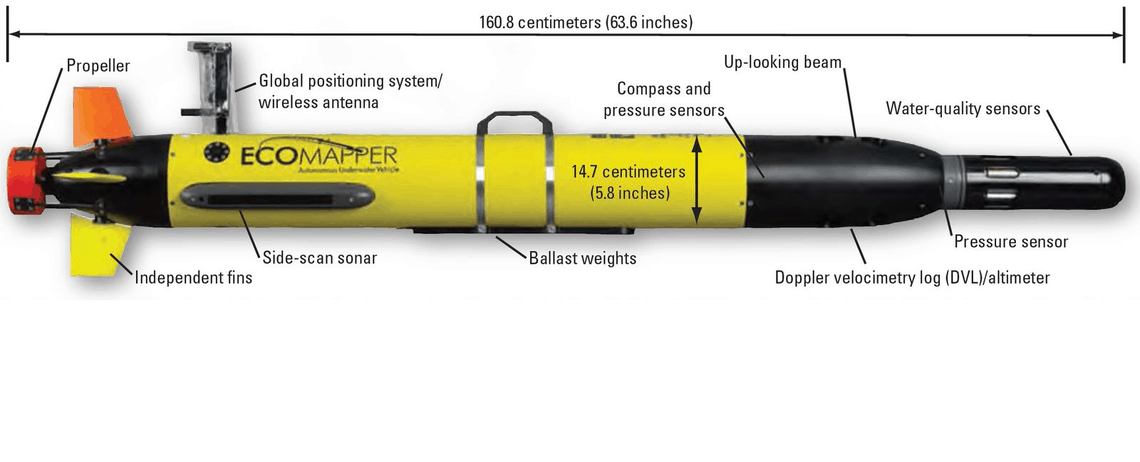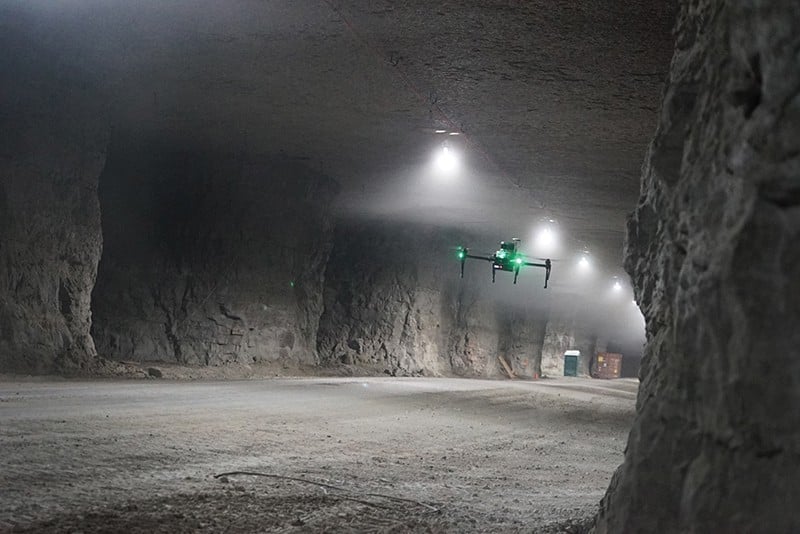Increasingly, unmanned aerial vehicles (UAVs) are performing tasks with minimal human intervention, using deep learning and a variety of navigation and sensor data to determine where to fly. As UAVs become more autonomous, we can envision a world where perhaps most UAVs will need no instruction or assistance from human efforts.
The big question for the UAV industry and research will be where will the challenges and needs for autonomous UAVs develop in the coming years.
Autonomous UAVs are already performing a variety of tasks using geospatial data obtained in-flight but also used to train or assist with everything from flight paths to identifying objects in real-time so UAVs can make decisions on their flights.
Five Levels to UAV Autonomy
Similar to self-driving vehicles, there are five levels to UAV autonomy, with one additional included for no autonomy. The first is Level 0, which is fully manual control, with Level 1 representing systems like altitude control as being autonomous but a pilot controls most functions. Level 2 is multiple autonomous systems running together, but the pilot still has overall control. Level 3 means that the UAV can operate independently in some conditions, but the pilot can closely monitor the craft. Level 4 indicates the craft can fly and do practically all functions by itself but the pilot is a backup or can intervene occasionally. Level 5 is fully autonomy with no pilot involved. Current technology is between Lever 3-4, with commercial, military, and other UAVs using those levels. The main challenge in reaching Level 5 is a combination of technical challenges but also overcoming laws, regulations, and even social acceptance in different regions.[1]
To be fully autonomous, UAVs, for one, need sensors, radar, and cameras to be able to function in any environment and all conditions, including inclement weather. The software that controls the craft needs to be fully secured and safe to a degree that is deemed high enough. Additionally, to reach Level 5 may mean there is a desire to use UAVs for additional functions, such as transport of cargo or even people.
To get to that level, UAVs may need to improve their aerodynamics and improve on their battery lives for long-term use. Current challenges have included developing UAVs so they can consistently be used for delivery of cargo, such as online delivery orders, at a pinpoint accuracy that can also dynamically adjust flight and delivery paths. In urban environments, avoiding all obstacles and being precise enough to deliver items to a pinpoint position can still be challenging, particularly as objects are moving or weather conditions may prove challenging.

Challenges of Fully Autonomous UAVs
Most current autonomous UAV deliveries are happening in areas that are open or items can be delivered without the need for high precision. Of course, even if the challenges are overcome, there will be the cultural challenge, which is the wider public accepting that many UAVs are flying around with almost no human supervision. We might stay in Level 3 or sometimes Level 4, but attaining Level 5 will also be a cultural challenge for delivery of items and for transport. This could be one main reason why we will not see human passengers on UAVs for some time.
For fully autonomous UAVs, one technical key might be getting multiple types of sensors to work together. For instance, most UAVs may need to have Light Detection and Ranging (Lidar), thermal sensors, and optical cameras together to aid navigation in multiple environments, day and night. Lidar, for instance, would work well in cloudy conditions.[2]

Another development that may need everything from standardization to better management is UAV traffic management (UTM), which would act as a way to monitor and determine where all UAVs in an area are flying. This will be an increasing problem as UAVs are used for more tasks. One way to get around this problem is to have more precise GPS units attached for UAVs, but problems may arise if information proves insufficient for accuracy or location data are disrupted in particularly dense urban regions.
Manufacturers are mainly restricting the use of more autonomous UAVs to less urban region in part due to the issue of not easily being able to identify and determine other UAVs. The challenge will be to not only have UAVs that can fly themselves but location data from other UAVs needs to be transmitted in a standard format with the data then broadcasted to other UAVs so appropriate decisions can be made. If we are to reach Level 5 autonomy, data sharing between UAVs as well as with ground control UTM will be needed.[3]
We are seeing greater UAV autonomy happening, and certainly that has been the trend ever since deep learning techniques have improved in recent years. However, there are a variety of challenges before we see Level 5 autonomy, similar perhaps to electric vehicles, but there are additional challenges that are specific to flying.
For instance, drastic weather change is more likely to affect UAVs flight capabilities, given these vehicles need to be light by definition. Additionally, there could be cultural challenges. We might see fully autonomous UAVs in some environments, but it might be some time before this becomes the norm.
References
[1] A useful blog on autonomous UAVs and challenges faced, see: https://www.ansys.com/blog/challenges-developing-fully-autonomous-drone-technology.
[2] For a full range of sensors, see: https://www.mtu.edu/mtri/research/project-areas/transportation/sensors-platforms/uav-deployed-sensors/.
[3] For more on UAV traffic management, see: Rumba, R., & Nikitenko, A. (2020). The wild west of drones: a review on autonomous- UAV traffic-management. In 2020 International Conference on Unmanned Aircraft Systems (ICUAS) (pp. 1317–1322). Presented at the 2020 International Conference on Unmanned Aircraft Systems (ICUAS), Athens, Greece: IEEE. https://doi.org/10.1109/ICUAS48674.2020.9214031.
